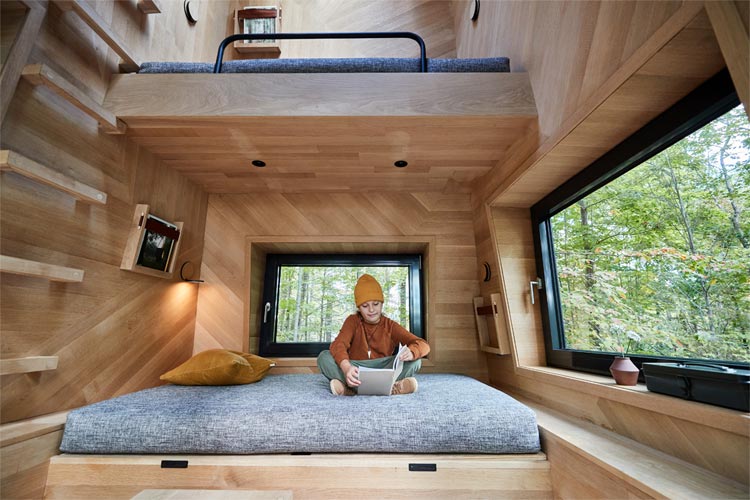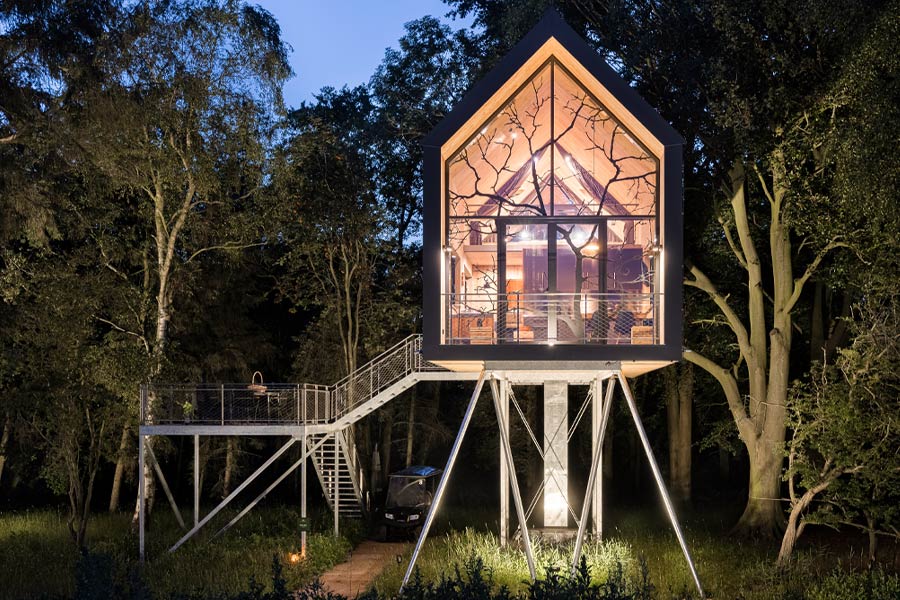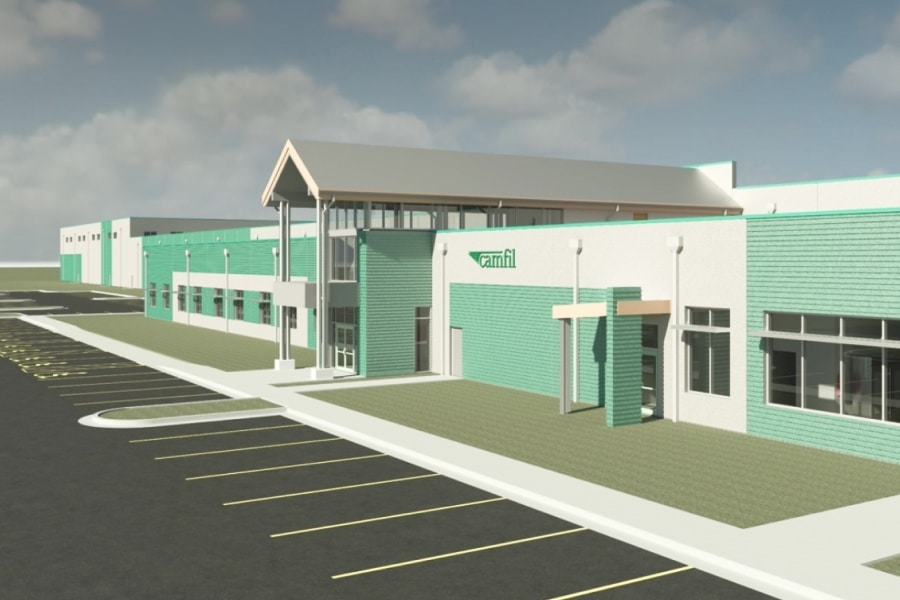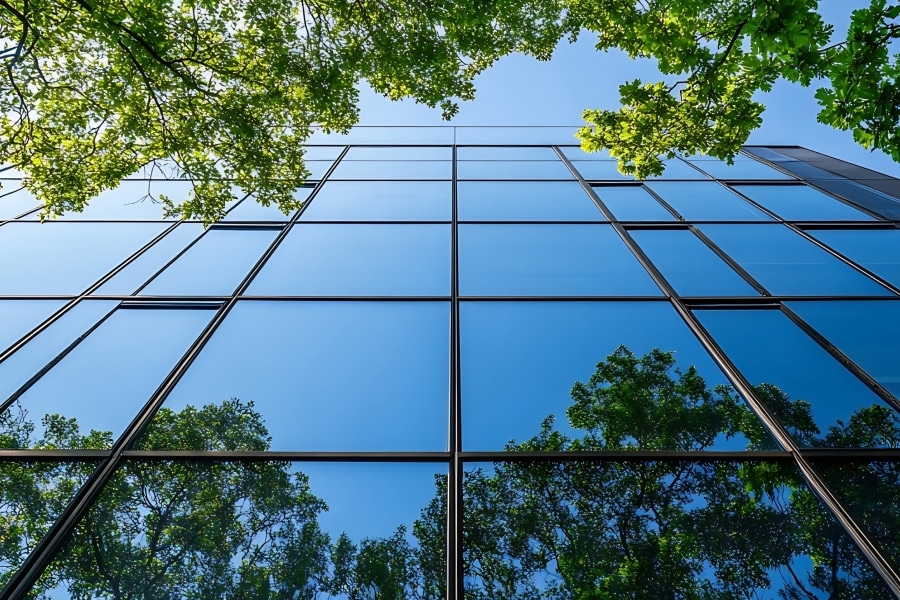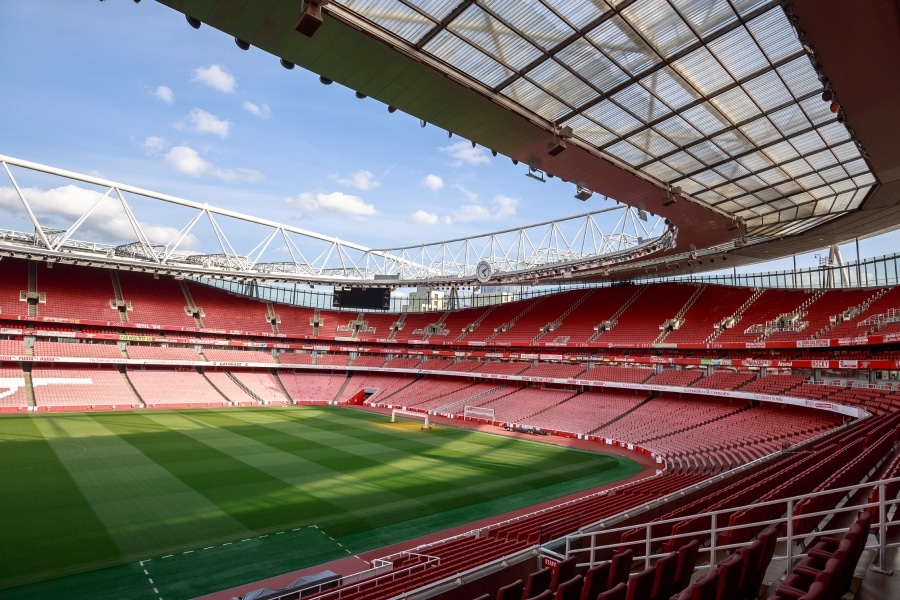When you picture a treehouse, you’re probably imagining a decidedly unsophisticated structure built by enterprising kids in their backyard, without electricity, heat or running water. But the world of modern treehouse construction is revolutionizing this image of the humble treehouse.
Whether they’re used for a hip vacation rental or a next-level backhouse, these structures are designed to be functional, comfortable—and stunning. Built interviewed noted treehouse architect Andreas Wenning to discuss the process of building such luxurious treehouses.
The roots of inspiration
Wenning began his career designing traditional structures. A trained cabinet maker who studied architecture, he worked with companies in Germany and Austria for six years before launching his own practice. Wenning’s first treehouse was constructed on a friend’s property for his own personal use.
“I built the treehouse Plendelhof because I liked the idea of being high in the tree in a small space,” Wenning said. “I had the opportunity to build my first own treehouse on a very nice spot, so I designed a modern structure. I didn’t have a treehouse when I was a child, but I like trees and small experimental spaces.”
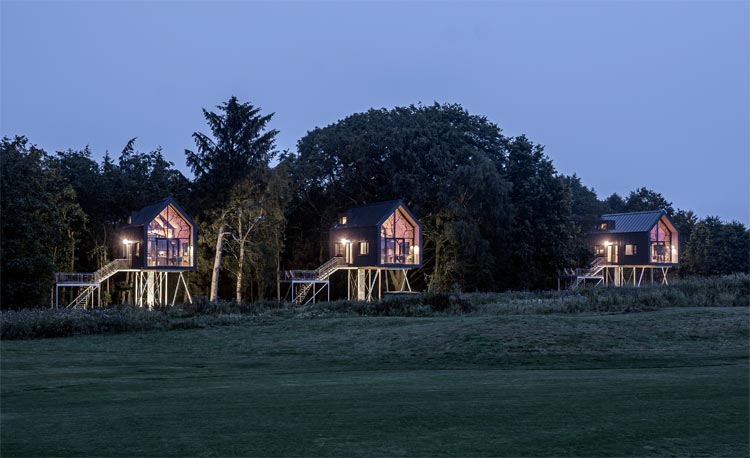
Wenning was surprised by the demand for additional treehouses that followed. “In this time—2003—I wanted to create my own business anyway and found out that this was a gap in the market, which fit me perfectly. So, first I realized my own idea, and then the first commission followed,” he said. “The commercial possibilities of treehouse design are constantly increasing. People see the value in being close to nature. Demand for our services grows as tourism to natural areas becomes more and more fashionable.”
For Wenning, the appeal of treehouses for his clients is clear. “They like adventure, the coziness of a small space, getting close to nature, having a romantic, cozy and quiet place and just having something really special,” he said. “Our treehouses are used as rooms for rest and relaxation, as external guestrooms, as places to meditate or as meeting places, as well as a play zone for kids or even as commercial spaces for hotels and entertainment parks.”
High level design
Wenning said that treehouse design starts with an investigation of the trees where his team will be building. “First, we check the environment and do the pre-design. The structure gets checked by the structural engineer and the tree by a tree expert. We discuss the results with the client and try to fit their wishes into the concept,” he said. “The environment is one of the major contributors to design. The structure of the tree, the clients’ wishes and, of course, my current passion all contribute to the final design.”
But at the beginning, it’s all in the trees.
“Basically, you can use all sorts of trees as the base of a treehouse,” Wenning said. “They have to be healthy and not very young. Quick growing trees are not so good as trees that grow slowly. The trees should be considered for their health, by their development in the future, their movement and their growth and response to wind.”
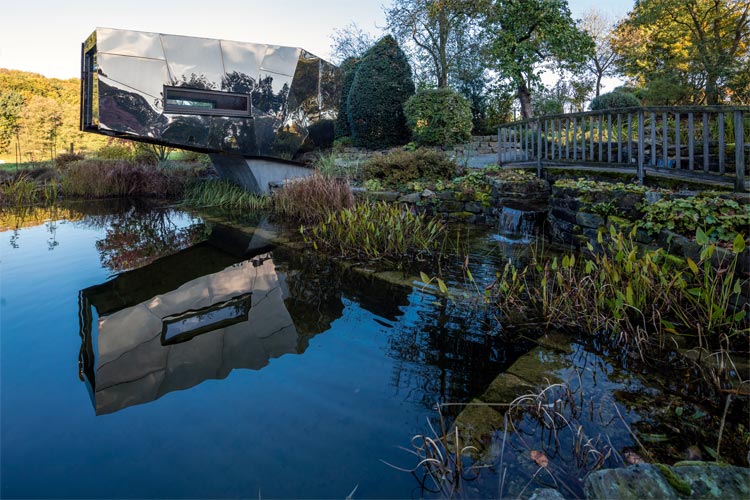
As the construction process begins, Wenning is careful to pay attention to the impact the structure will have on its tree. “We try to keep the damage of a tree down to a minimum,” he said. “We usually don’t cut the tree anywhere. We work with tree experts who help us to find the best solution to connect the treehouse with the trees, using textile belts and heavy-duty steel ropes to fix the treehouses. We don’t use bolts or nails, which could injure the tree.”
Paying attention to these construction considerations means that Wenning’s structures can last a long time without needing additional structural support or repairs and protects the health of the tree.

Aerial aesthetics
When it comes to the design of the structure, Wenning believes in following certain aesthetic principles. “The treehouse itself should get in a dialogue to the tree, either in a contrasting or in a symbiotic way,” he said. “Our aesthetic is based on clearly defined shapes,” he explained, “[creating] openings and perspectives which bring the architecture into a strong dialogue with the trees and surrounding elements.”
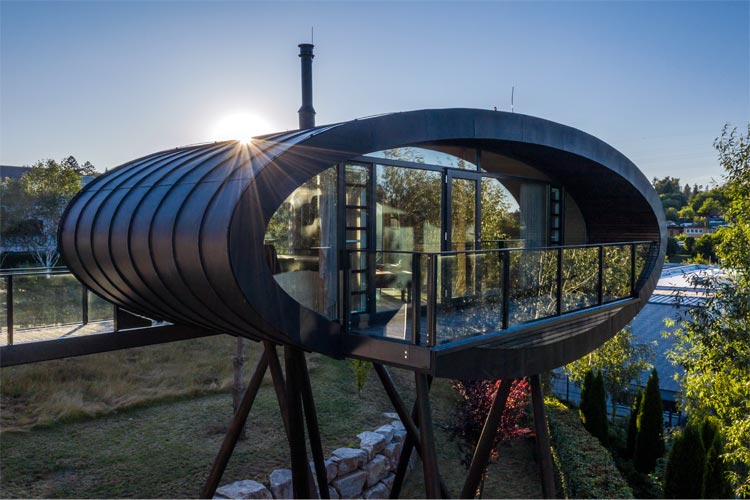
There’s something very special to Wenning about the nature of a treehouse because of the way it brings the inhabitants so close to the processes of nature. “Personally, a tree is for me something with a great radiance,” he said. “It is strong, big, pretty and, sometimes, very old. It has wounds and tells us stories from its past. The changes in the seasons are much more obvious than they would be with other plants.”
In other words, a treehouse offers its users the opportunity for up close observation of the rhythms of the natural world.
There are a few significant ways that treehouse design differs from the demands of on-the-ground architecture. “At minimum, you need a good basic knowledge about trees, the skills and knowledge to work with wood, cabinet making and wood structures,” he said. “You also need a professional approach to architecture projects in general, designing skills and a good network of the companies who are able to build these kinds of structures. You need to be willing to travel a lot and have the language skills to communicate with clients around the globe.”
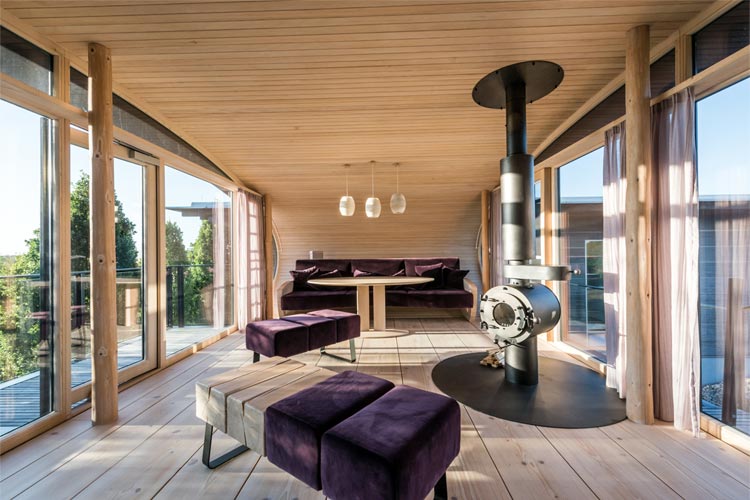
The primary engineering considerations for treehouse design are all related to the limits of the trees the house is situated in. “A treehouse has to be a lighter construction than a normal house you’d build on the ground,” Wenning said. “That’s why normally we built wooden constructions. The height and weight depend on the tree. If the tree is not able to carry the weight of the treehouse, or the treehouse construction is too big or heavy, it is also possible to use stilts as support.”
By using added structural support, Wenning is able to realize his treehouse clients’ wildest dreams. “The limits are the building law and the budget,” he said. “Besides that, we can build everything.”
